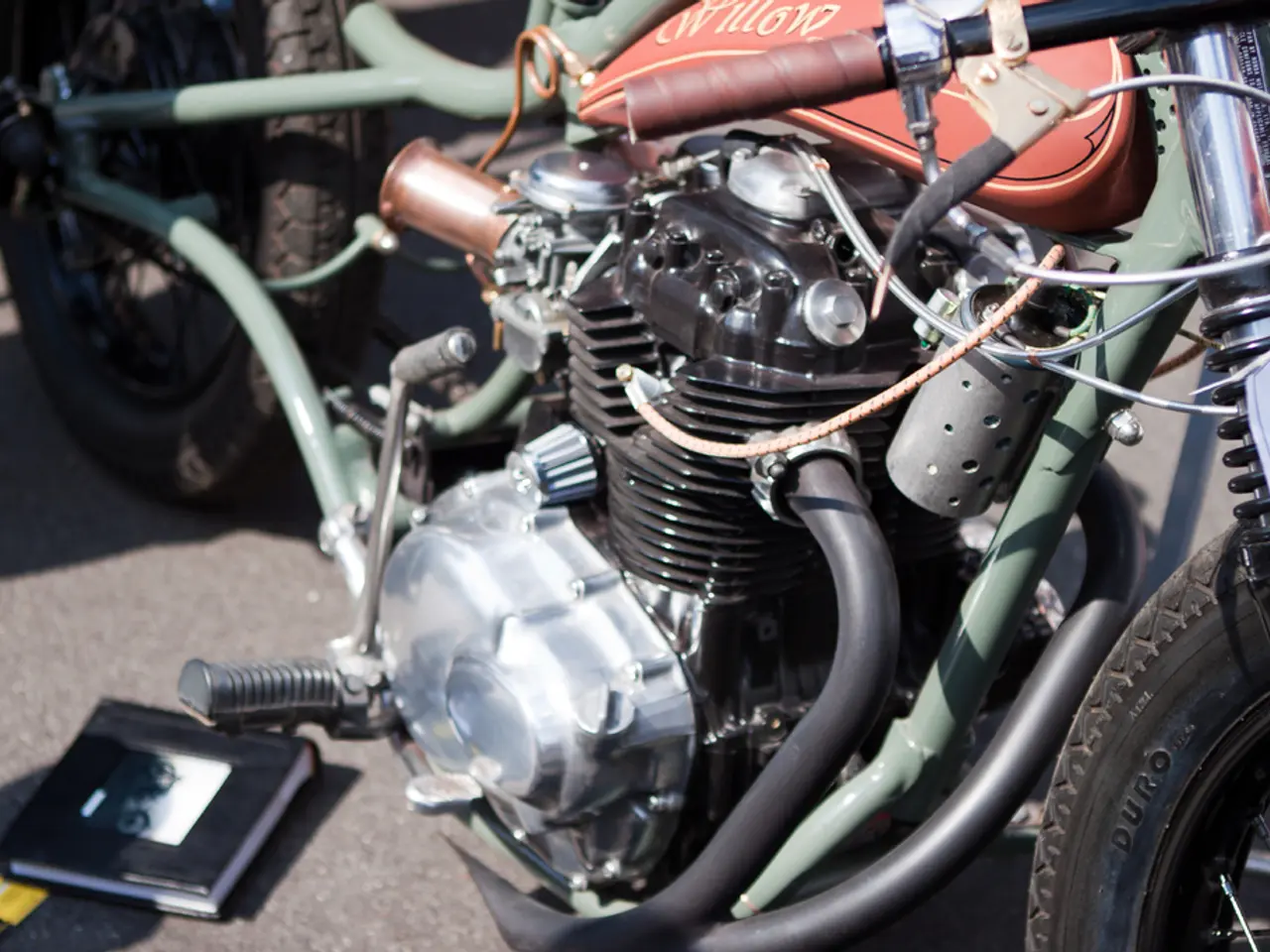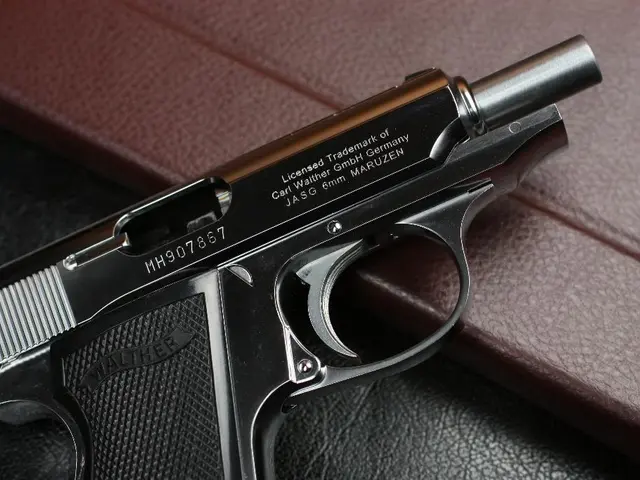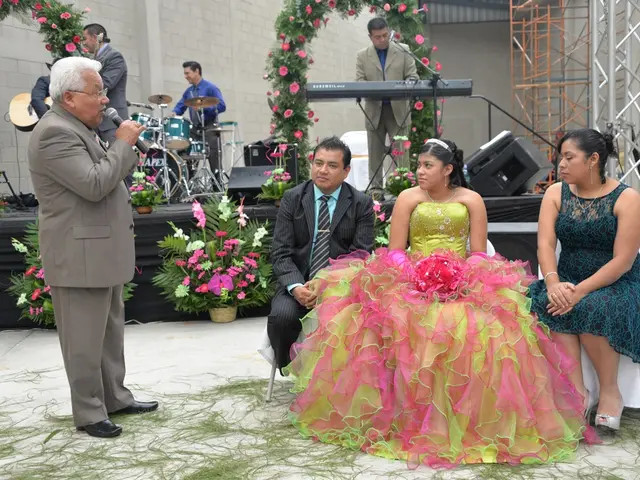Discovering the Perfect E-Bike: A Guide to Choosing Between Trail, Urban, or Off-Road Electric Bikes
Article: Choosing the Right E-Bike for Your Needs
E-bikes have become an increasingly popular mode of transportation and leisure activity, offering a convenient and eco-friendly way to navigate both urban environments and the great outdoors. When it comes to choosing the right e-bike, understanding the differences between e-city bikes, e-trekking bikes, and SUV e-bikes is crucial.
E-City Bikes are designed with urban efficiency and simplicity in mind. With sleek, lightweight frames, these bikes are optimized for urban traffic and often feature step-through frames for easy mounting and dismounting. E-city bikes focus on ease and practicality, offering features that aim to make daily urban use comfortable and straightforward. They come equipped with basic to moderate accessories such as integrated lights, fenders, racks, and reliable but lighter components for city commuting.
E-Trekking Bikes, on the other hand, balance comfort and durability. These bikes typically include multiple gears, suspension setups, and battery capacity to support longer rides carrying gear or groceries on mixed terrain. They are more versatile for long-distance touring, commuting on mixed terrain, and recreational rides including gravel or light trail use. Trekking e-bikes often feature powerful mid-drive motors from brands like Bosch or Shimano and have large battery capacities. They are equipped with luggage carriers, mudguards, and a lighting system, making them roadworthy for various terrains.
SUV E-Bikes, also known as crossover e-bikes, attempt to combine the best of both worlds – the comfort and practicality of city and trekking bikes with the ruggedness and suspension of electric mountain bikes. These versatile machines are marketed as “one-bike-fits-all”, designed to handle day-to-day urban use plus outdoor adventures with off-road capability. They often include advanced digital features, such as GPS, anti-theft systems, and app integration, for enhanced security and convenience. Notably, SUV e-bikes tend to be heavier and more complex, which can affect maneuverability and handling compared to dedicated city or trekking models.
In summary, e-city bikes excel in urban efficiency and simplicity, e-trekking bikes in versatility and longer trips, and SUV e-bikes aim to be multi-purpose machines bridging city comfort, touring utility, and light off-road performance with advanced equipment and smart technology.
When making a decision, it's essential to consider your primary use for the e-bike, as each category caters to different needs. For instance, city e-bikes are ideal for commuters who want to cover short to medium distances in the city, while trekking e-bikes are more suitable for longer tours or commuting over longer distances on mixed terrain. SUV e-bikes, with their versatility, are a great choice for those who want a single bike that can handle both city commuting and outdoor adventures.
Remember, ergonomic details such as a well-tuned saddle, grips with palm rests, or a slightly raised handlebar can help relieve neck and back strain while cycling. Additionally, accessories like the "Neck Rescuer" and "Back Rescuer" self-help fascia sets can provide relief for neck and back pain.
With a wide range of e-bikes available on the market, from e-city bikes to e-trekking bikes and SUV e-bikes, finding the perfect e-bike for your needs has never been easier. Whether you're a city dweller, a long-distance commuter, or an adventure seeker, there's an e-bike out there that's perfect for you.








